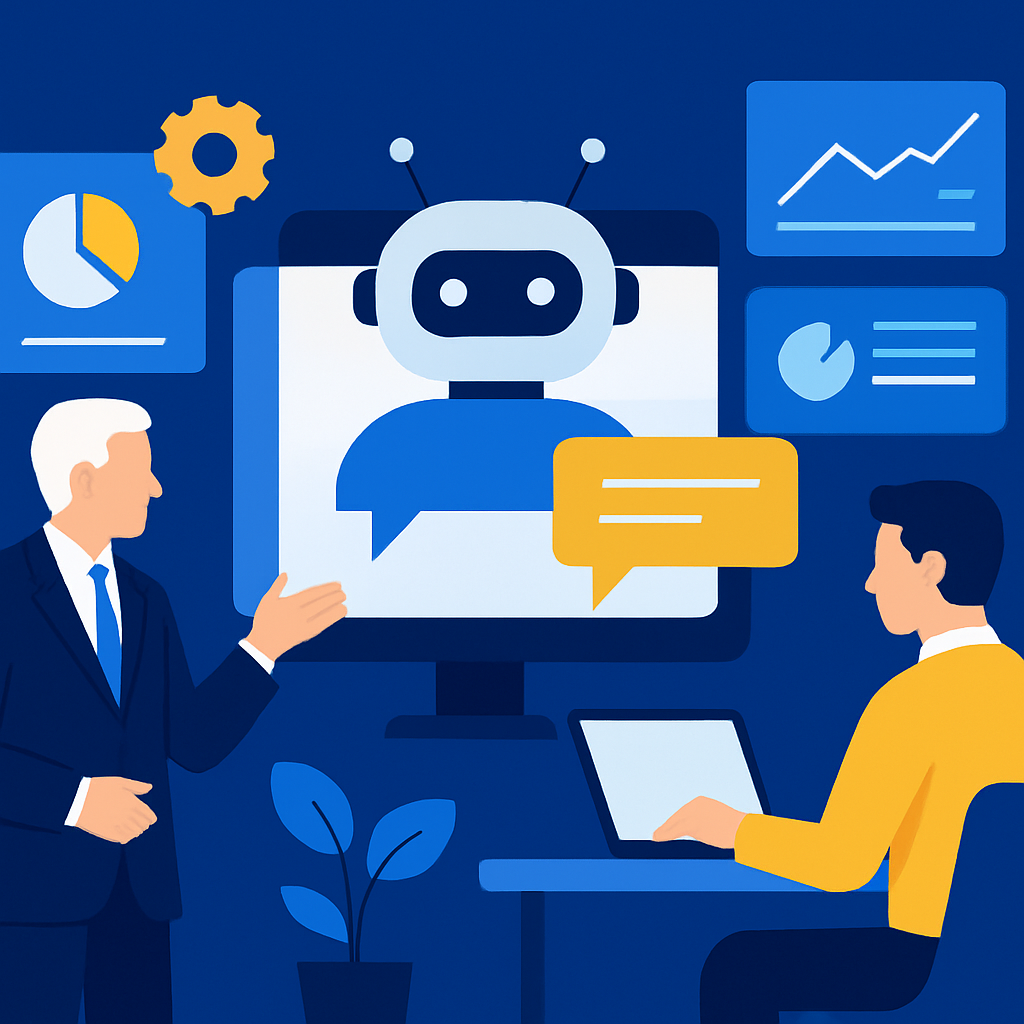
Strategic Chatbot Development: Driving Business Value Through Intelligent Automation
In the era of digital transformation, chatbots have evolved from simple scripted responders to sophisticated AI-driven customer engagement platforms. For C-level executives and IT decision-makers, implementing a chatbot strategy is no longer a novelty—it is a competitive necessity. The right approach can enhance customer satisfaction, reduce operational costs, and create new data-driven opportunities.
Why Chatbot Development Matters for Modern Enterprises
Chatbots offer a scalable way to deliver personalized, real-time interactions across multiple channels. When integrated with enterprise systems, they can automate routine tasks, provide 24/7 support, and offer actionable insights. As part of a broader digital transformation initiative, chatbot deployment can accelerate innovation and improve time-to-market.
Key Strategies for Successful Chatbot Development
1. Define Clear Business Objectives
Before investing in chatbot development, executives should clarify the specific problems the chatbot will solve. Is it to reduce call center load, improve lead conversion, or provide instant access to knowledge bases? Clearly defined objectives will guide technology selection and implementation priorities.
2. Leverage AI for Intelligent Interactions
Rule-based chatbots have limitations. By integrating natural language processing (NLP) and machine learning algorithms, organizations can create bots that understand context, learn from user interactions, and deliver predictive assistance. Partnering with experts in AI implementation ensures that your chatbot can scale capabilities as business needs evolve.
3. Prioritize Seamless Integration
Your chatbot should integrate easily with CRM, ERP, and other core enterprise applications. This creates a unified experience for both customers and employees and ensures that the chatbot can pull and push data across systems without bottlenecks.
4. Focus on User Experience (UX) Design
Even the most advanced AI chatbot will fail if its user interface is unintuitive. Executives should invest in UX design that prioritizes clarity, ease of use, and accessibility across devices. This includes designing conversation flows that mimic natural human interaction.
5. Implement Governance and Compliance
Data privacy and compliance are critical considerations. Establishing robust policies through AI governance frameworks ensures that chatbot interactions adhere to industry regulations and ethical AI principles.
Technical Considerations for IT Leaders
Cloud Architecture
Choosing a scalable cloud infrastructure is essential for handling fluctuating interaction volumes. Leveraging resources like the Azure Architecture Advisor can help optimize chatbot deployment for performance and cost efficiency.
Security and Risk Management
Chatbots can be entry points for cyber threats if not properly secured. Implement multi-layered security protocols and regularly assess vulnerabilities using tools like the IT Security Maturity Scorecard.
Data Analytics Integration
Integrating chatbot logs and conversation data into enterprise analytics platforms allows for continuous improvement. Applying advanced data analytics can reveal trends, customer pain points, and opportunities for upselling or cross-selling.
Measuring ROI and Continuous Improvement
ROI measurement should go beyond cost savings. Executives should track metrics such as customer satisfaction scores, average resolution times, and conversion rates. Tools like the Digital Transformation ROI Calculator can help quantify the broader business impact of chatbot initiatives.
Aligning Chatbot Development with Digital Transformation Goals
Chatbots should be a component of a holistic digital strategy. Whether enhancing the AI-powered digital workplace or supporting omnichannel customer service, chatbot development must be aligned with long-term technology roadmaps and organizational objectives.
Conclusion
For forward-thinking organizations, chatbot development is both a technological investment and a strategic business decision. By combining clear objectives, advanced AI capabilities, seamless integration, and strong governance, enterprises can unlock the full potential of intelligent automation. The future belongs to businesses that can engage customers and employees with smart, scalable, and secure conversational platforms.


